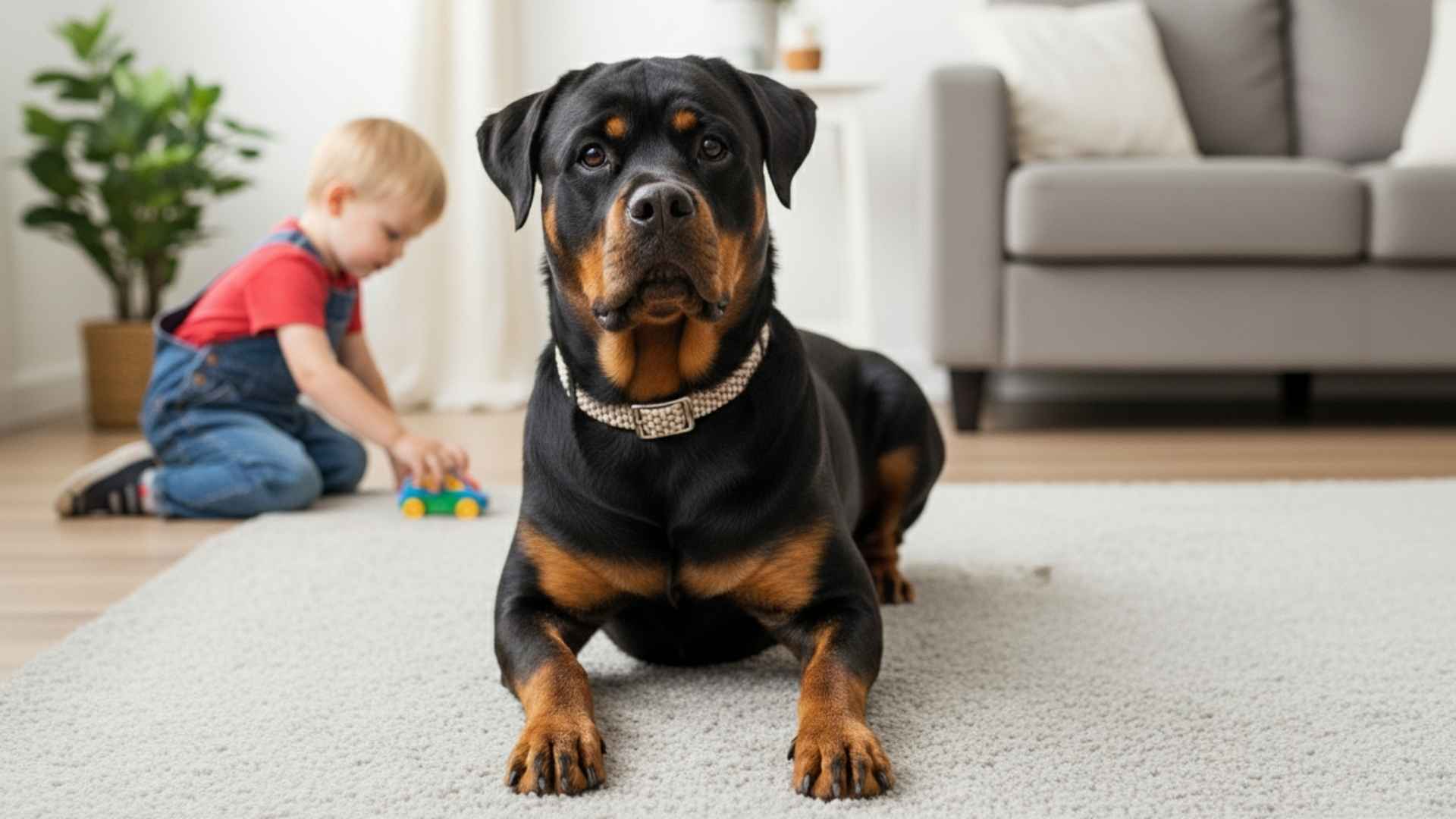Some dogs are absolute sweethearts around kids; patient, tolerant, and endlessly gentle. But some other dogs are not so kid-friendly!! Some breeds are known for their intensity, size, or protective nature, which can spell trouble when curious little hands tug on tails or climb on furry backs.
If you have toddlers or young kids at home, it is absolutely necessary that you pick a dog breed that fits your family life. Some dogs love calm structure and consistent training, but the small children, well, they are the opposite of calm.
So, before you welcome a puppy into your busy house, read about some dog breeds to avoid with small children…. not because they are “bad dogs”, but because their temperaments, instincts, or energy levels can make them unsafe or overwhelming for young ages.
Did You Know?
According to the American Kennel Club, the dog behavior issues like biting or aggression or jumping on people are mostly due to miscommunication between humans and dogs. Many so called “aggressive dogs” react simply because they feel startled or cornered. Something that happens easily when small children play too roughly or move unpredictably.
Dog Breeds To Avoid With Small Children
1. American Pit Bull Terrier
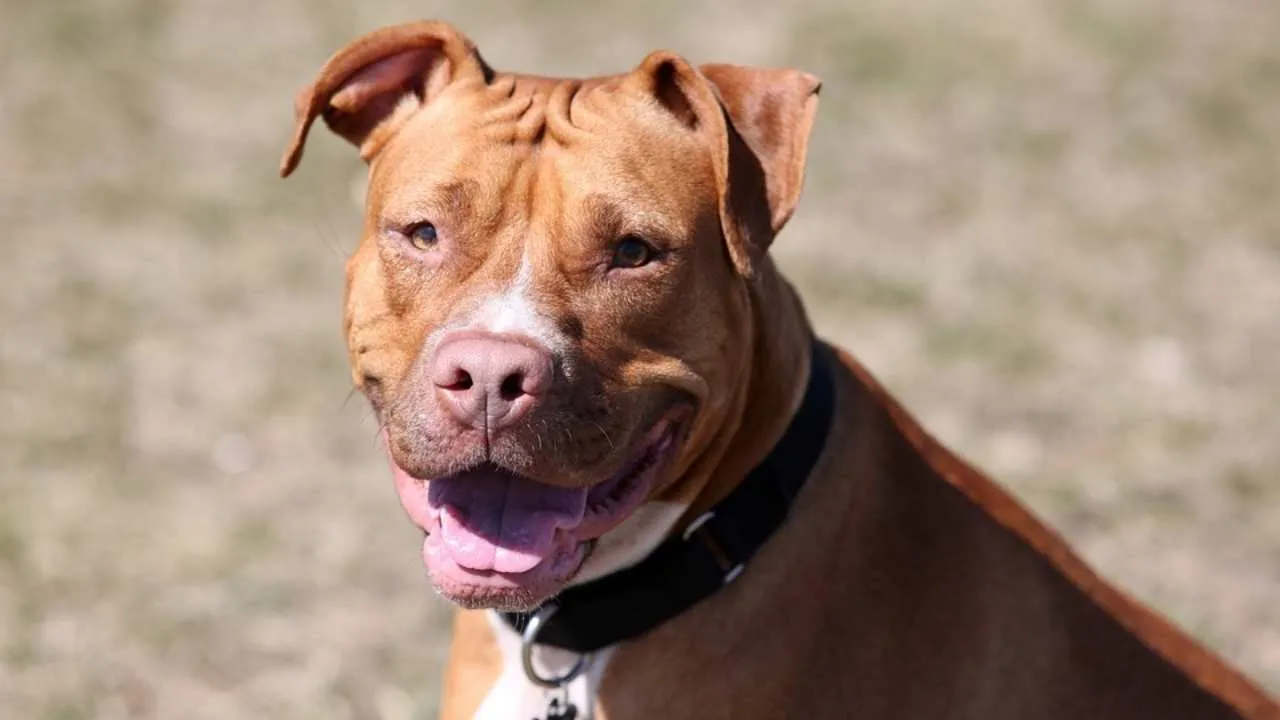
This might shock you, but the Pit Bull tops many lists of the worst dog breeds for families with small children, not due to evil intent, but because of the sheer strength and unpredictability of the behavior.
Powerful and muscular dog breed originally bred for fighting and bull baiting, as per PetMD.
Can be loyal companions, but need experienced owners
Prone to strong prey drive and dominant behavior
Needs strict training and strict socialization
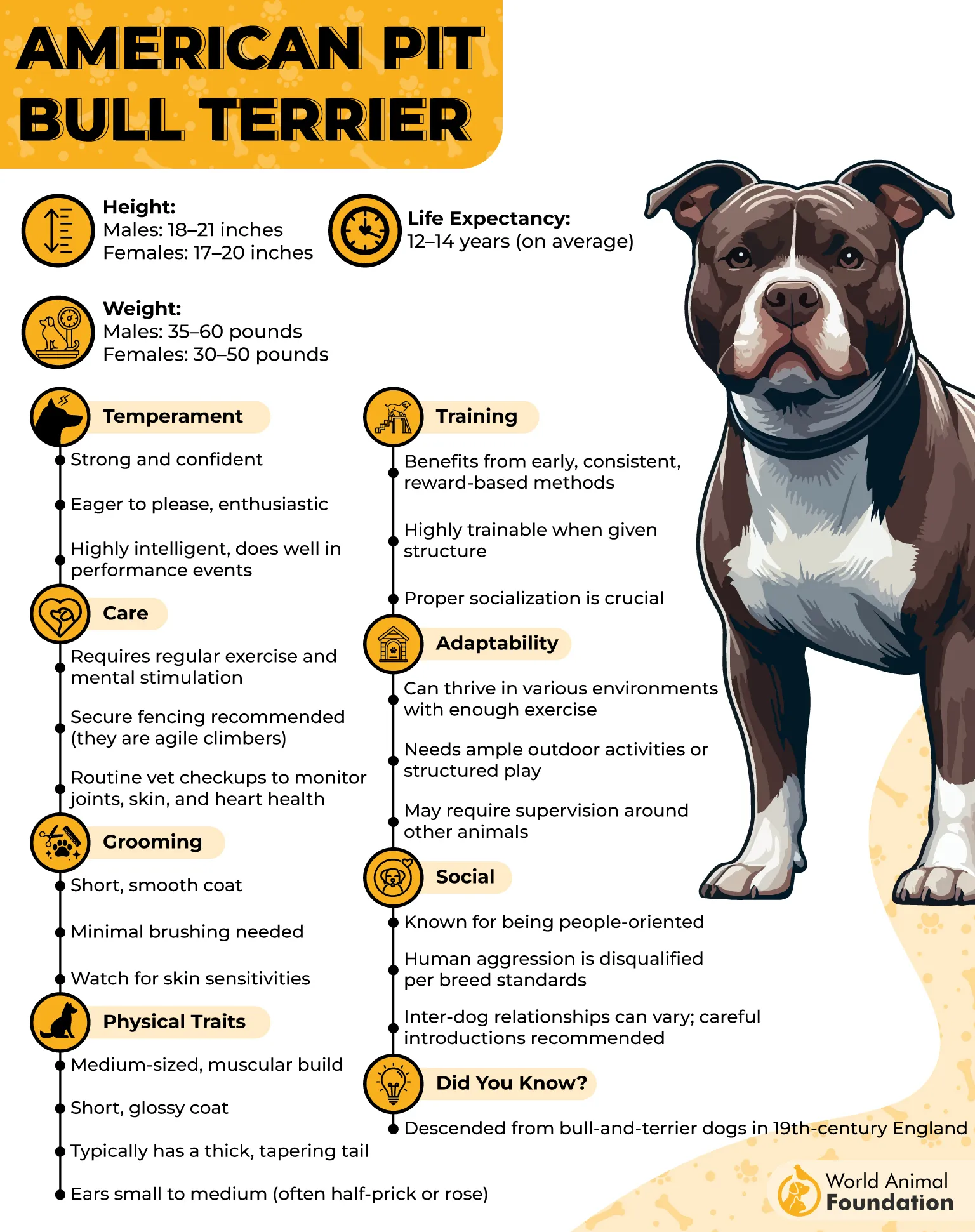
The American Pit Bull Terrier can be an incredibly affectionate dog when trained properly (Unbelievable, but it’s true!). However, when living with small children, things can go south fast. Rough play, screaming, or sudden movements can trigger their natural guarding or prey instincts.
Even if your Pit Bull seems calm, keep in mind!!! These are high-energy dogs with a strong-willed nature. If they feel threatened or challenged, they may respond with aggression before realizing it is just a toddler being clumsy.
2. Rottweiler
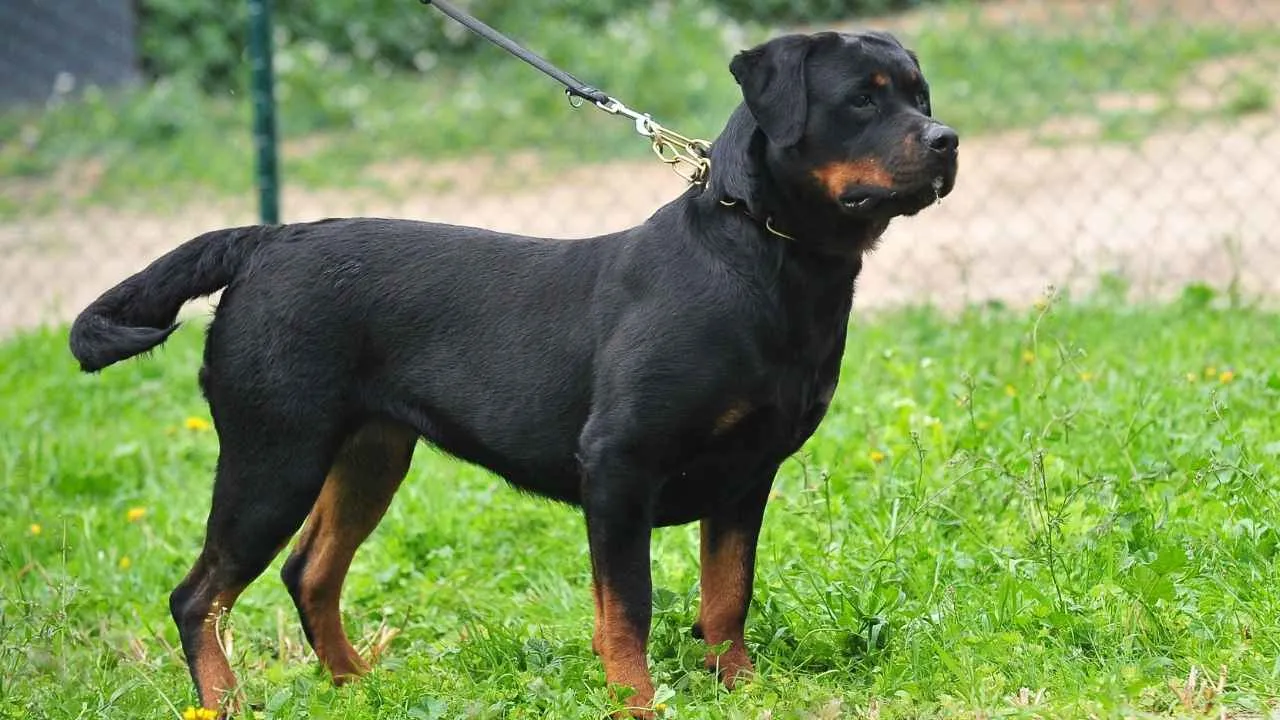
Rottweiler is a Mastiff-type dog, which is actually a very magnificent-looking canine. It is intelligent, loyal, and strong; check all boxes for a guard dog, police dog, or a guide dog. But, for homes with babies and toddlers? It is a risky mix.
Large breeds with strong guarding instincts
Deeply loyal and protective of their families
Can become territorial without proper trainingNeeds extensive training and mental stimulation
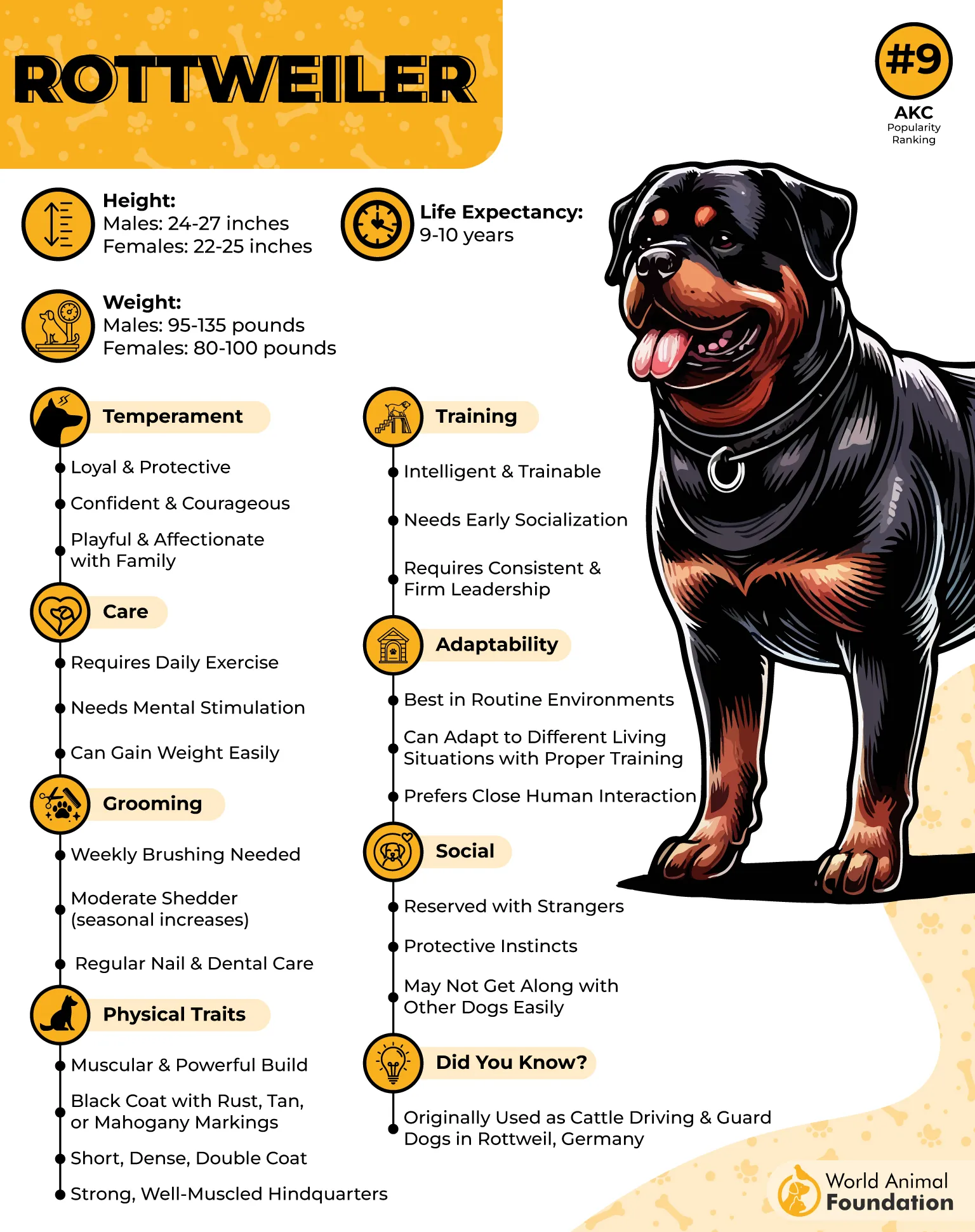
Rotties have protective hearts but intimidating power. Their strong bite force (328 PSI) alone can cause serious harm if playtime goes wrong.
Many animal rescue groups caution new parents about introducing Rottweilers into homes with young children, not because the dog is bad, but because the kids do not understand the boundaries.
This breed needs experienced pet parents who can maintain rules and control. When trained well, they turn out to be incredible family pets. But without any training, they might interpret a child’s playful behavior as disrespectful or dangerous.
3. Akita
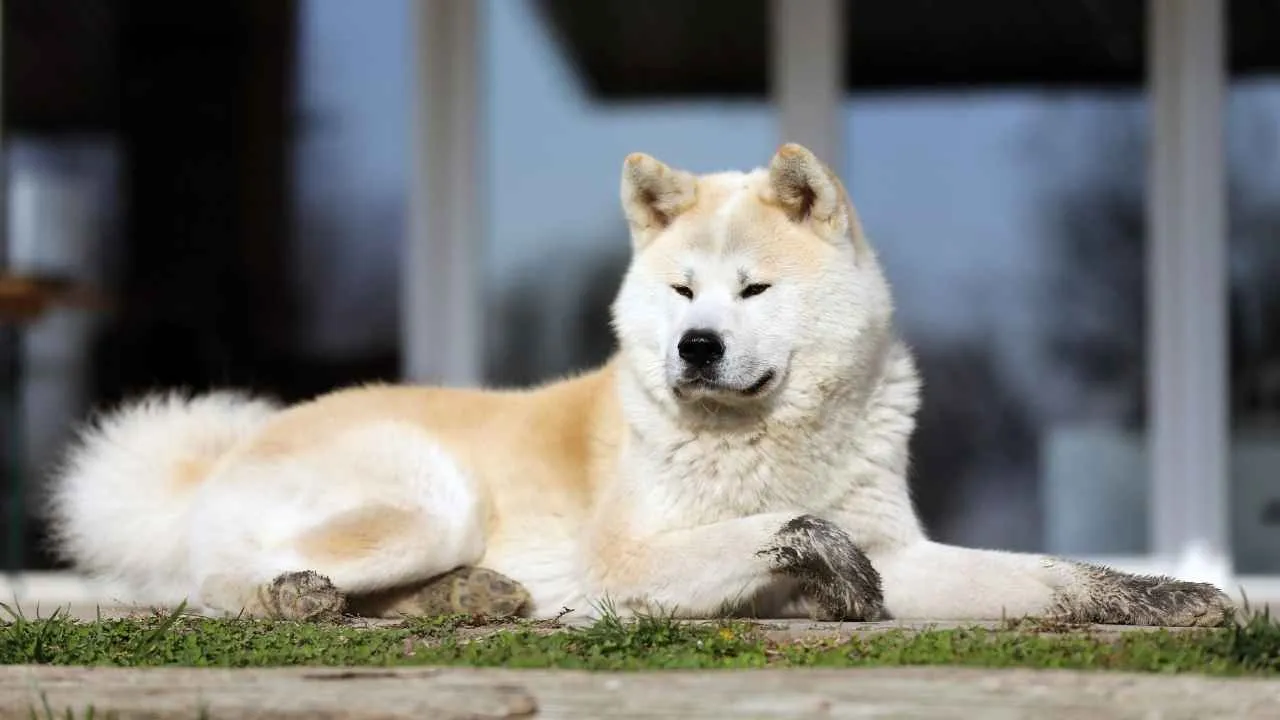
Now, this is a majestic breed. The Akita. Japan’s royal guardian dog. Stunning, yes. But, suitable for toddlers? Not at all, not unless you have trained them!
Powerful, independent, and territorial nature.
Naturally wary of strangers and other dogs
Protective toward family but not very patient with kids.
Needs strong leadership and early socialization
This Asian dog breed is intelligent and loyal, and exceptional at guarding, but Akitas are not ideal around small children. Their temperament leans toward dominance, and they don’t handle rough play well. A toddler’s quick grabs, unpredictable hugs, and loud toys can irritate or even trigger an Akita’s defensive instincts.
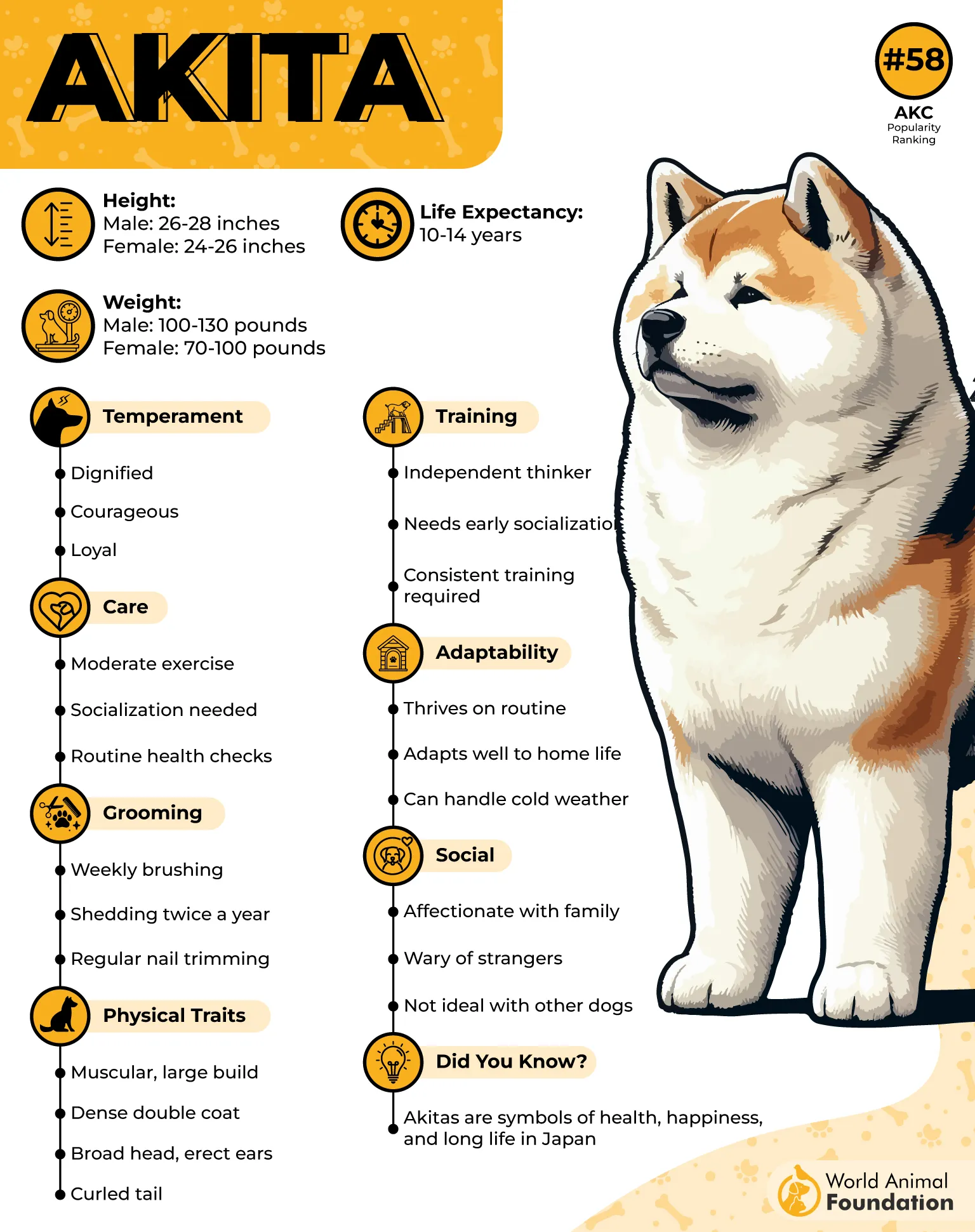
They are also less tolerant of other dogs and need daily training to stay balanced. If you are on the hunt for a calm and steady breed for a family with small-sized humans, skip the Akita. They are better suited for adults who understand dog body language and boundaries.
4. Pekingese
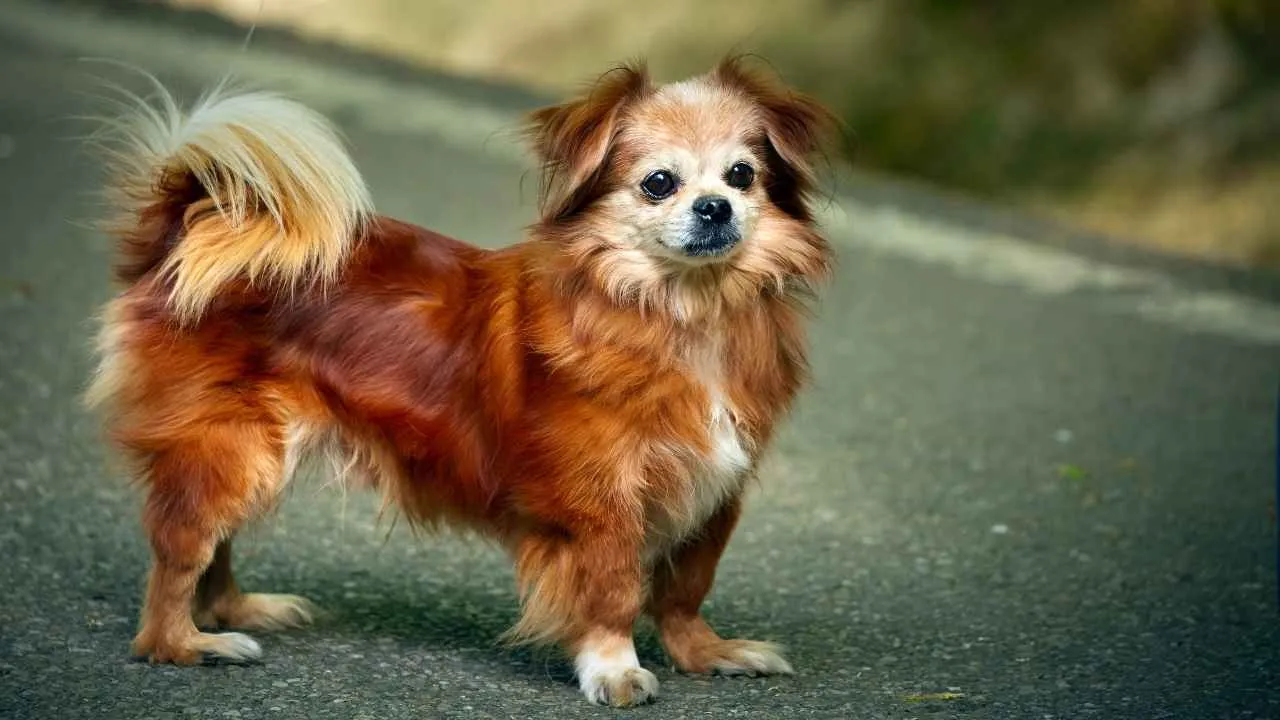
At first sight, this little puffball looks like the perfect choice for a cozy apartment. And yes, they are good apartment dogs, but they really fool you with their size. Pekingese are small dogs in stature, but their personality can be feisty, even downright bossy.
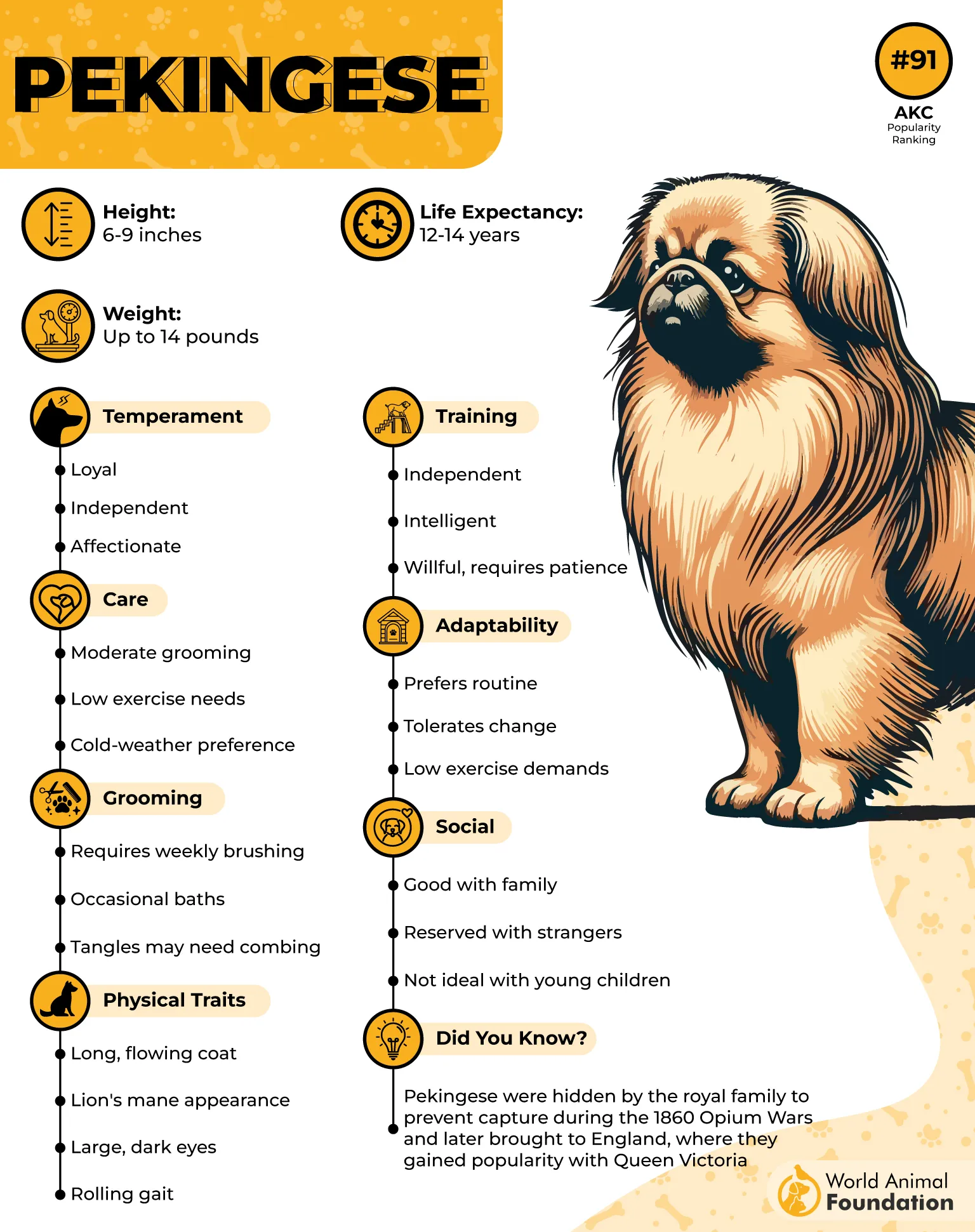
As per the AKC, they “tolerate” kids, but cannot go with a lot of roughhousing.
Toy breeds with a strong and independent streak.
Does not tolerate teasing, poking, or loud play.
Prone to guarding behavior with toys and food.
Not suitable for very young kids or babies.
Pekingese dogs were bred for royalty, literally!! They carry themselves like tiny emperors, and they expect respect. Unfortunately, small children don’t usually understand “respecting personal space”.
A Pekingese will never hesitate to snap if a child pulls their fur or startles them while sleeping. They are not mean, believe us!! They are just sensitive dogs who value calm and routine. It makes them great for adults or older families, but not for a house with any energetic toddlers and flying toys.
5. Alaskan Malamute
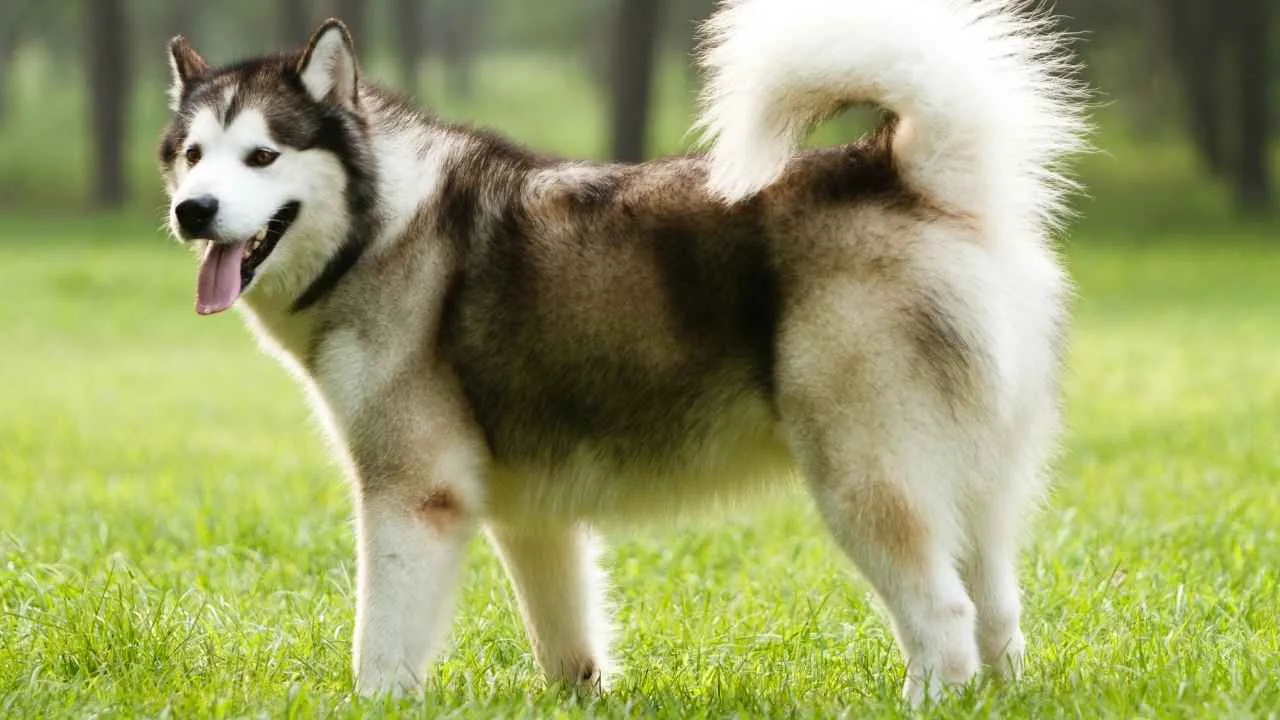
The Alaskan Malamute is a powerful dog; fluffy, friendly-looking, but made to haul sleds across the Arctic. As majestic as they are, they are not the best fits for homes with small children.
Large and strong-willed sled dogs are bred for endurance.
Extremely high energy and needs tons of exercise
Can be rough during play, accidentally causing harm
Needs space, structure, and mental stimulation.
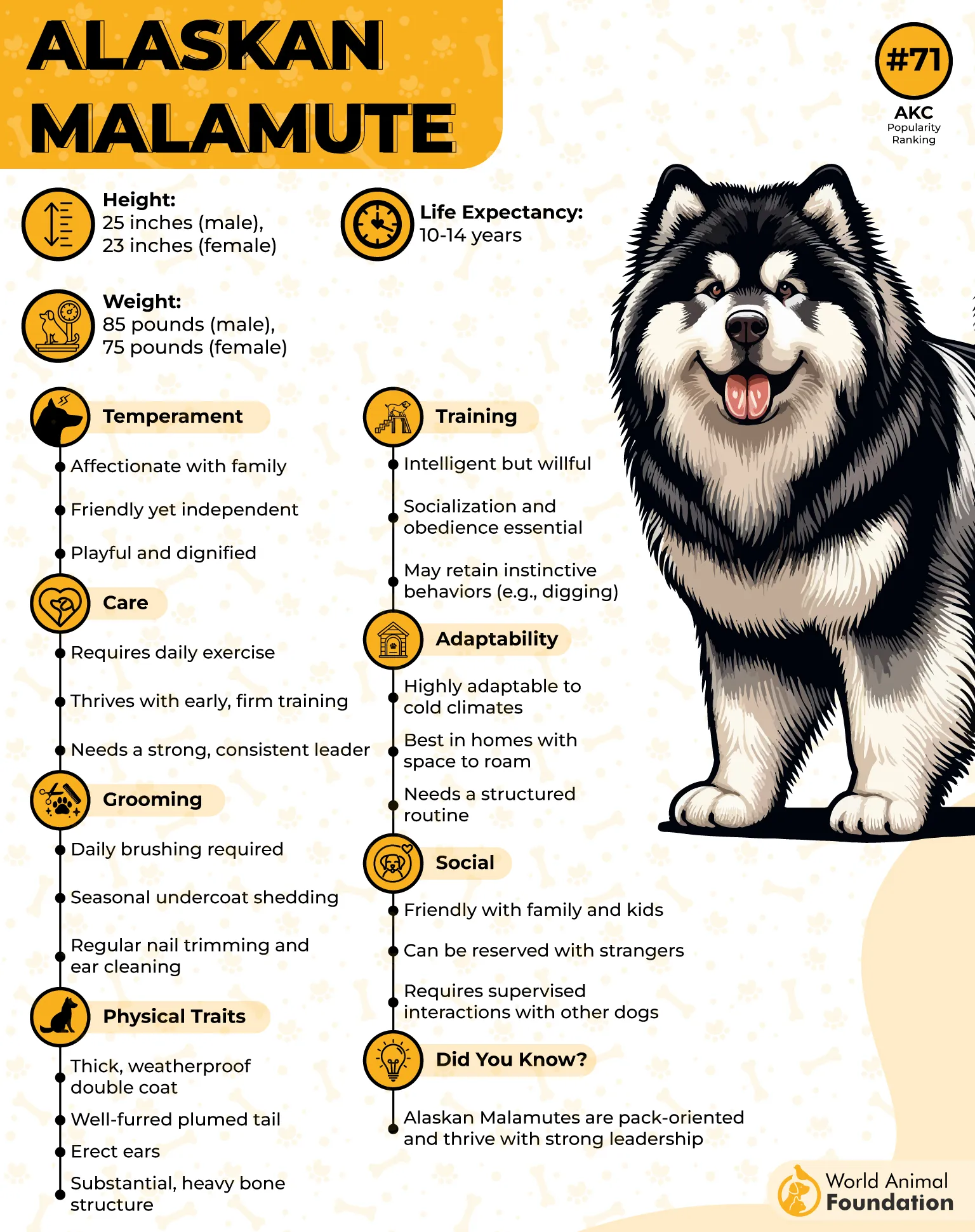
Alaskan Malamutes are not aggressive dogs by default. But they are intense. They play hard, and their sheer size means they can easily knock over a small child without realizing it.
This large dog has a high energy level and independent nature, which demands constant activity and strong leadership, not something most busy parents can manage while also caring for toddlers.
They also have a high prey drive, so smaller animals (and sometimes, smaller humans) can seem like play objects.
If you don’t teach them boundaries or give them daily training, a Malamute’s natural exuberance can quickly become overwhelming, or even dangerous, for kids.
6. Perro de Presa Canario
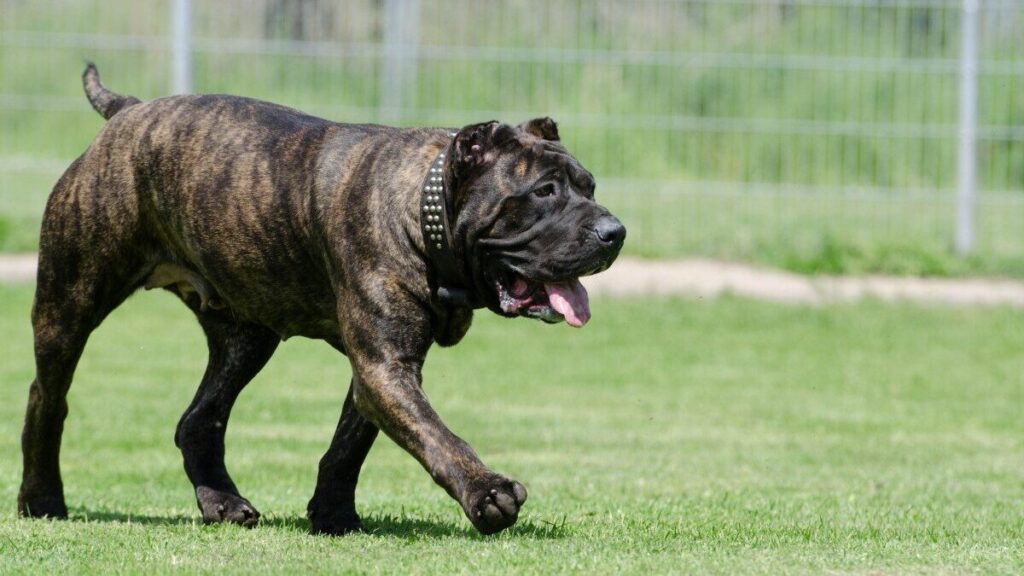
Now, this is a breed you definitely do not want around toddlers. The Perro de Presa Canario, or “Presa,” is a massive and muscular dog originally bred for guarding livestock and property.
Extremely strong, dominant, and protective breed
Not suitable for first-time or casual owners, let alone for a house with kids.
Prone to aggression if not properly socialized.
Needs extensive training and firm control.
This dog was never meant to be a house pet for family life filled with babies, toys, and screaming laughter and cries. A Presa needs an experienced owner who can maintain authority early on.
They have a deep instinct to protect their humans, but they will hardly differentiate between a genuine threat and a small child waving a toy around. That mix of size, power, and territorial drive is what makes them one of the most dangerous breeds in “inexperienced hands”.
Rescue groups occasionally place these dogs in homes, but they almost always recommend households without small kids.
7. Bullmastiff
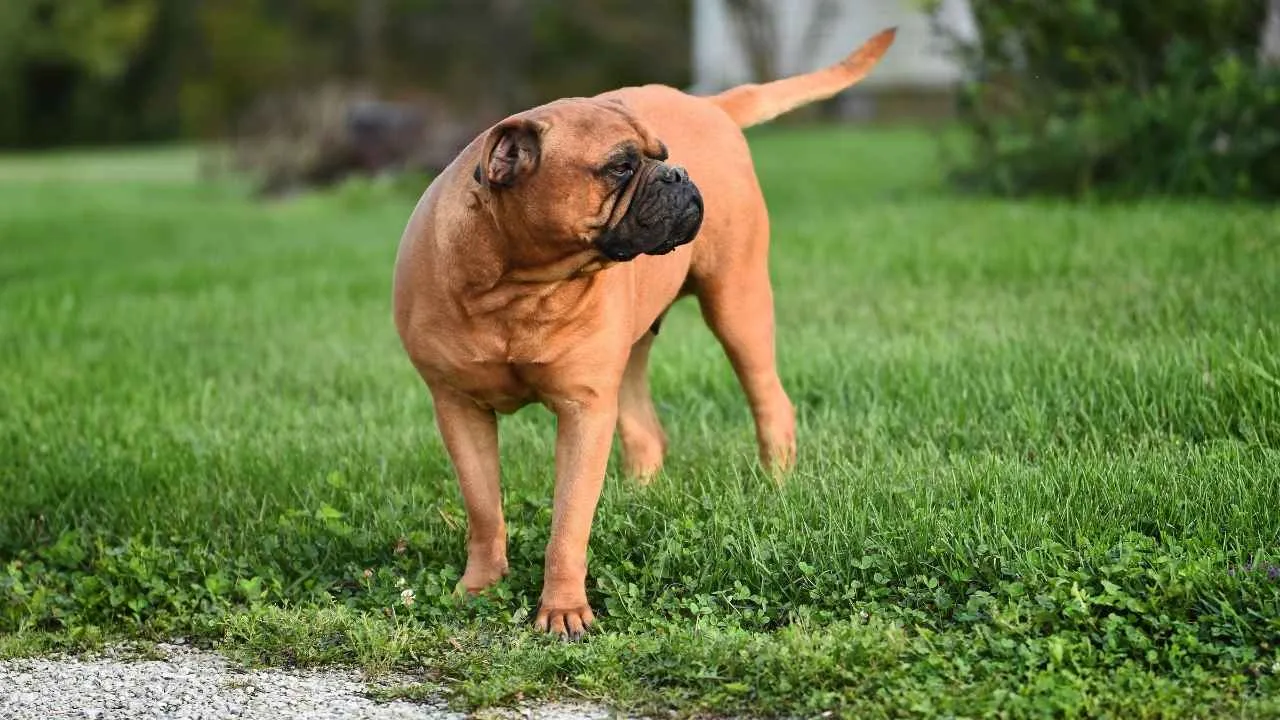
Gentle and calm dog, yes, but are they safe around toddlers? Not always. The Bullmastiff is one of those large breeds that looks calm and steady, but their sheer mass (130 pounds) can spell danger in a house full of little ones.
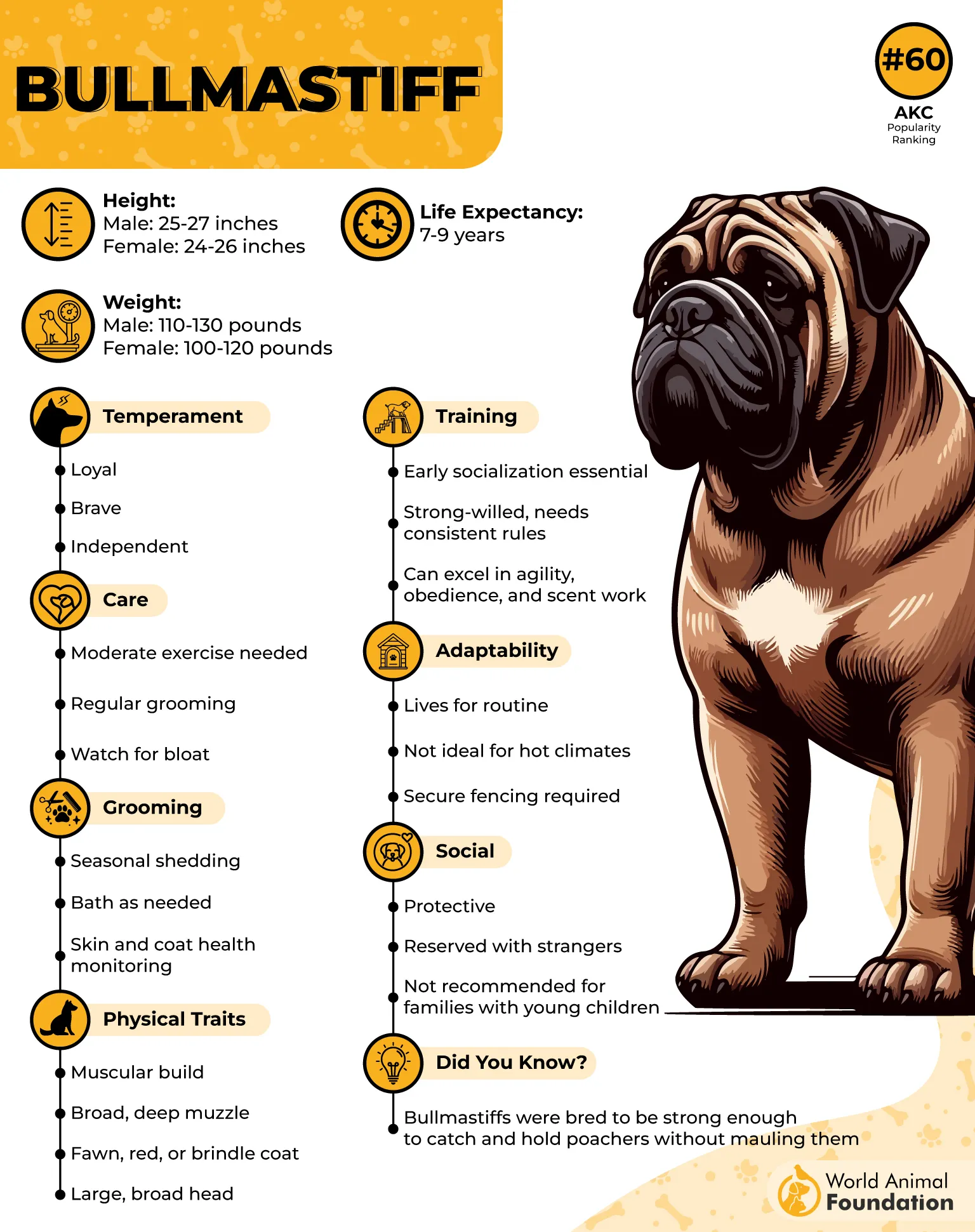
Massive and muscular dog with a guarding nature.
Calm but powerful, not aware of their own size.
Can become possessive of toys, food, or space.
Needs mental stimulation and careful supervision around children.
Bullmastiffs are naturally protective and deeply loyal, which means they can be wonderful adult companions. But their big bodies and protective nature can cause accidental hurt during play.
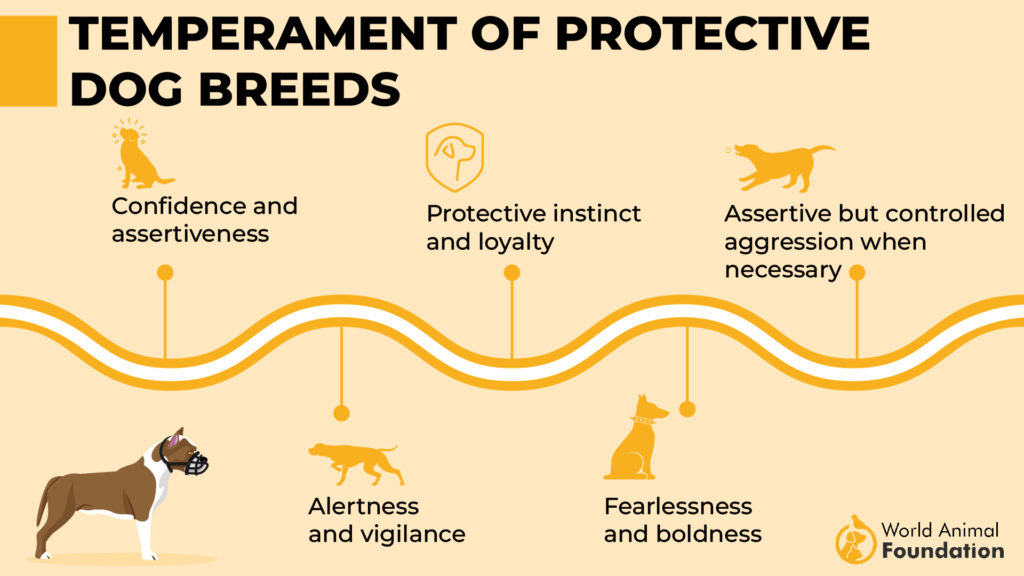
Imagine your toddler is running around the living room… one excited Bullmastiff turns and BAM! You have a crying child on the floor.
These dogs need a confident primary caregiver who can teach them structure. Without it, they may try to “take charge,” which does not end well when you have young kids trying to climb over them.
They are not inherently aggressive, but they are strong, fast, with stable temperaments, and born to be guard dogs. Add that to children’s unpredictable movements, and it is simply not a suitable mix.
Conclusion
Every dog deserves love, respect, and proper care. But not every breed fits into a home with small children, such as the Cane Corso, Belgian Malinois, Australian Cattle Dog, and Australian Shepherd, because of their herding background.
So before you bring home a puppy, think about your children’s ages, activity levels, and space. The safest and happiest homes are where both dogs and kids can thrive, without fear, accidents, or misunderstandings.
Because at the end of the day, a great family pet is loyal, gentle, patient, and understands when to play and when to walk away!!


